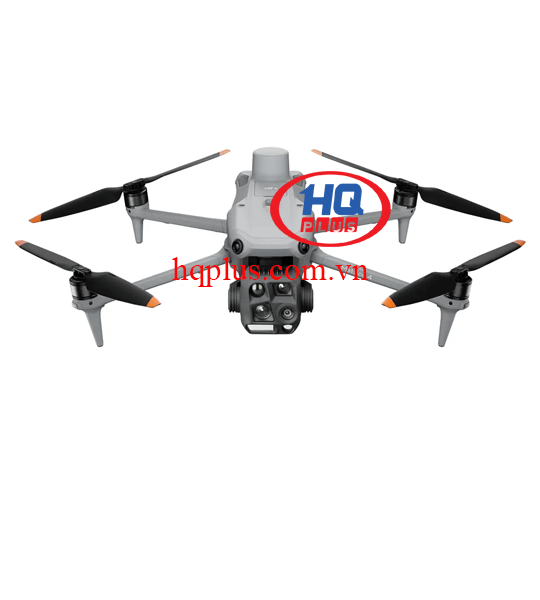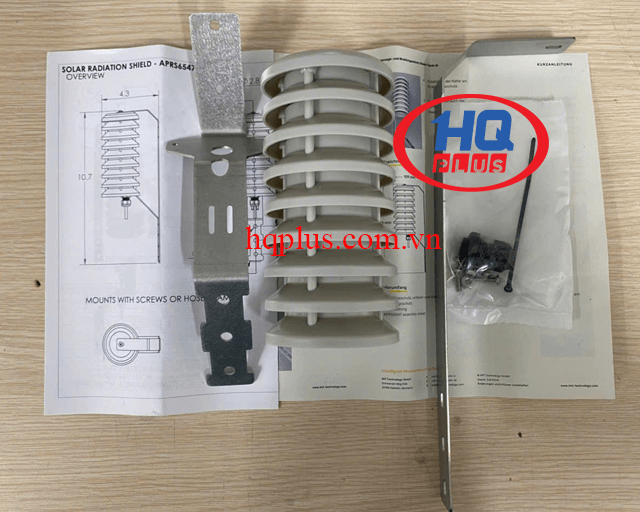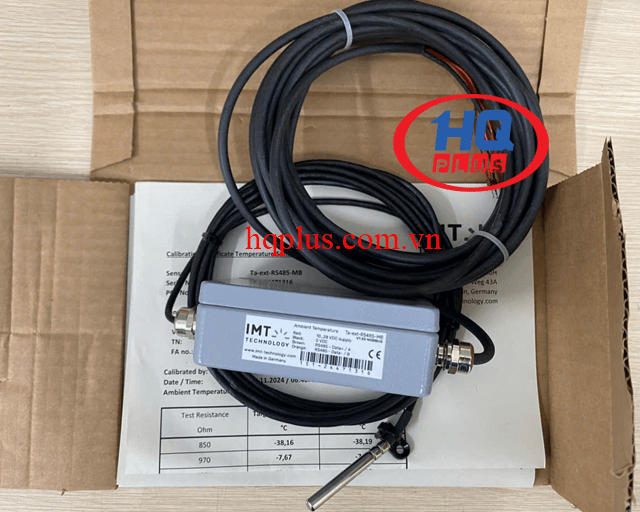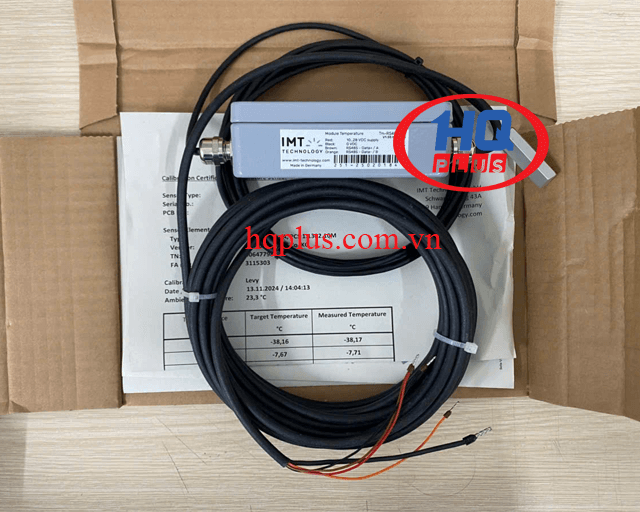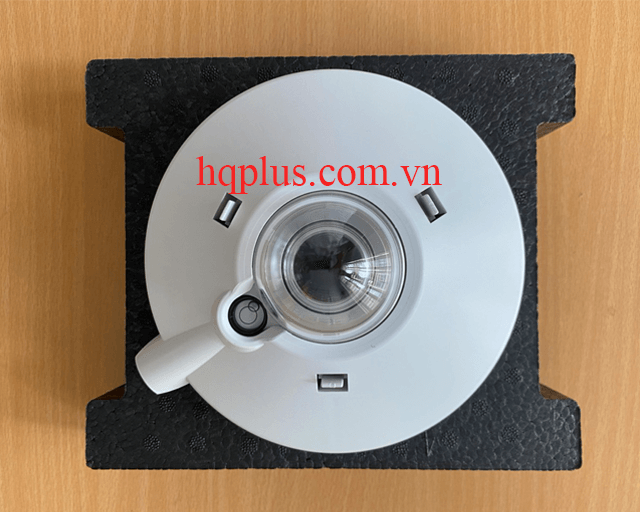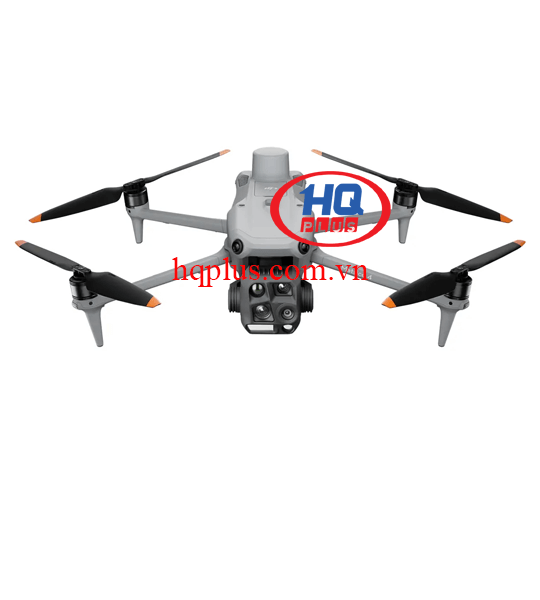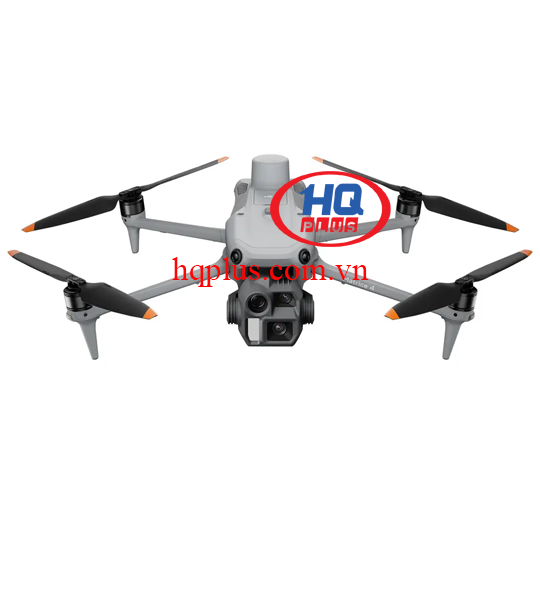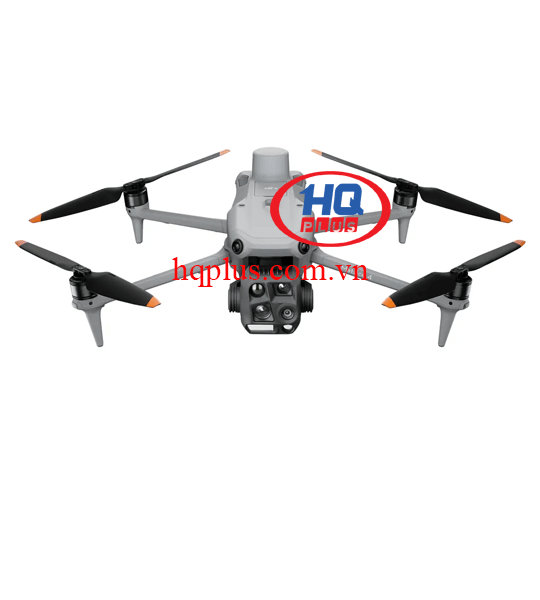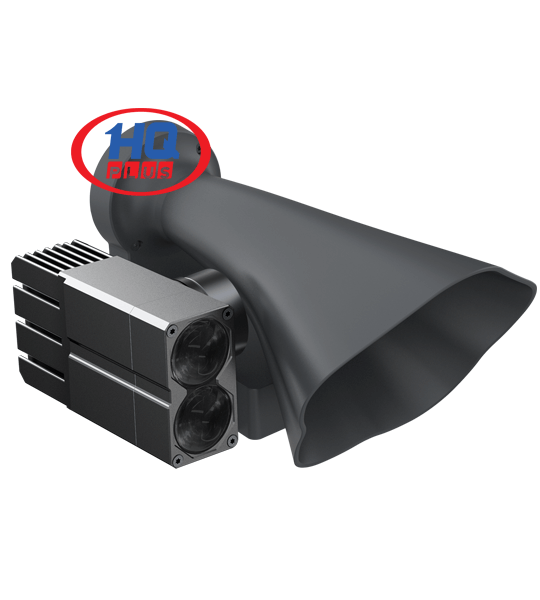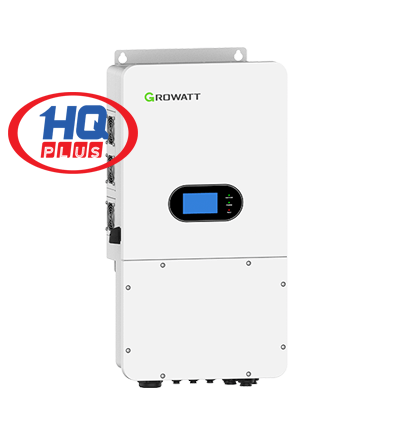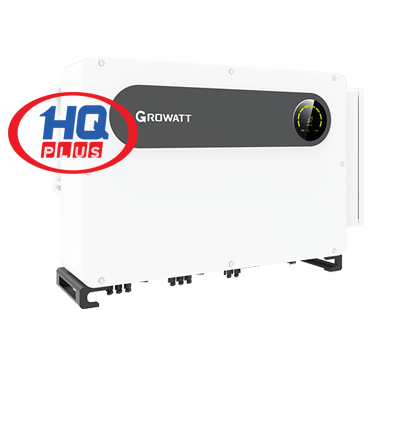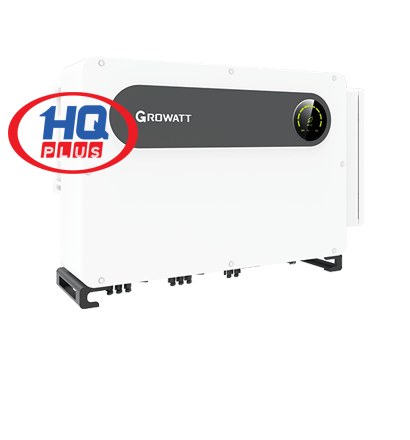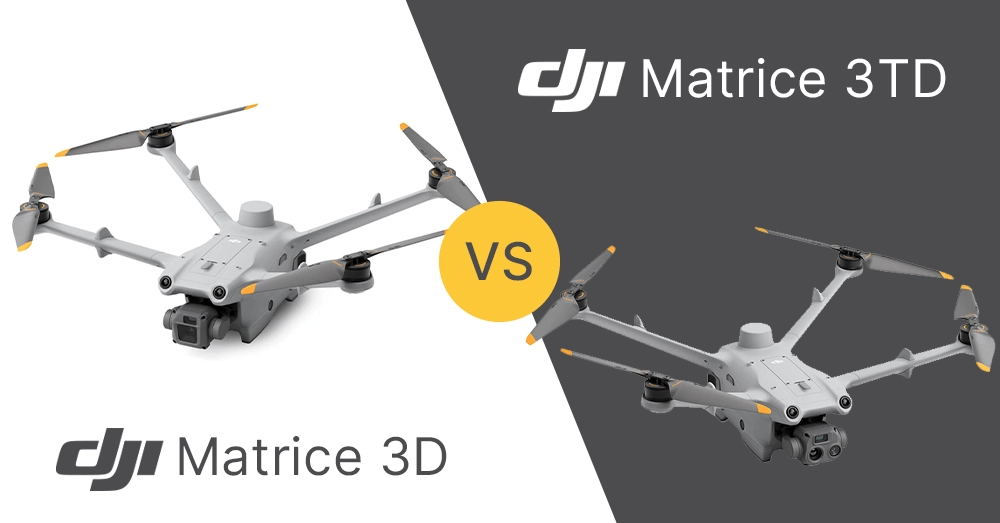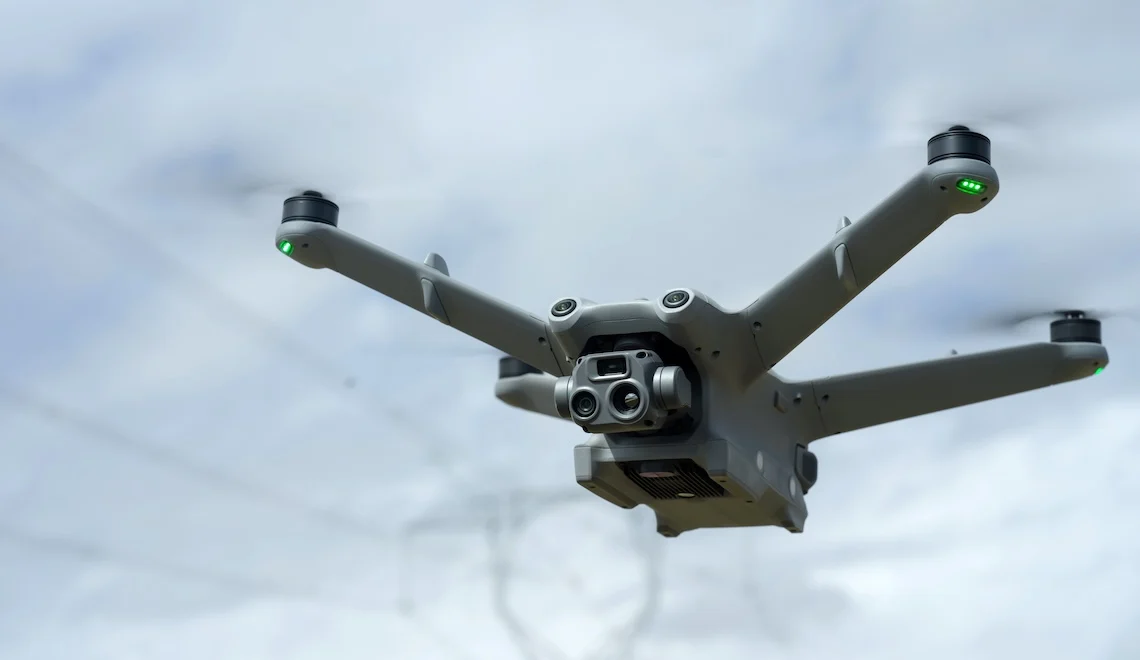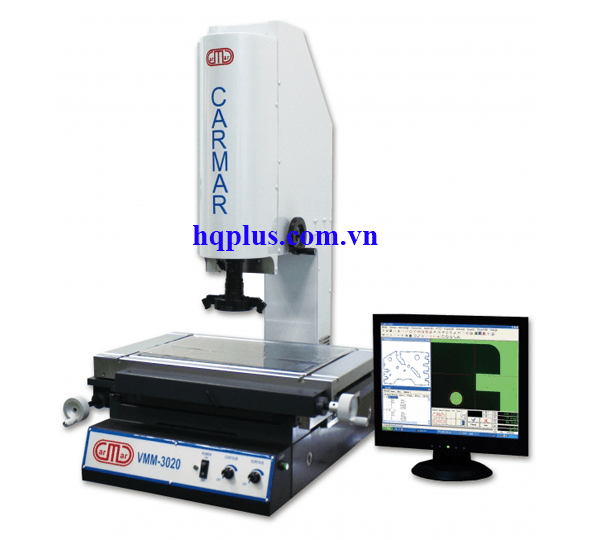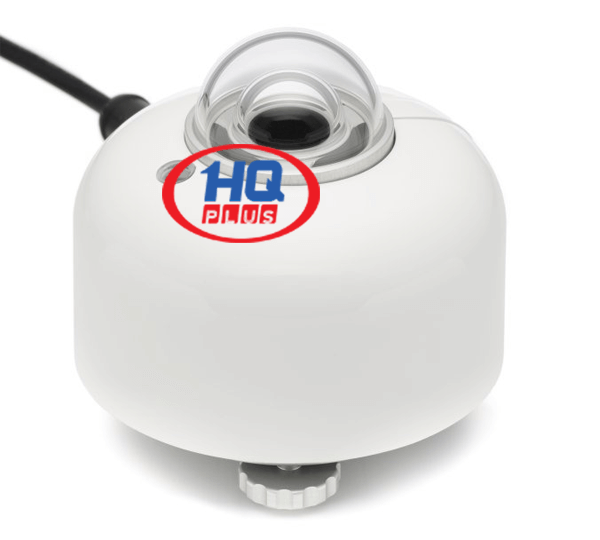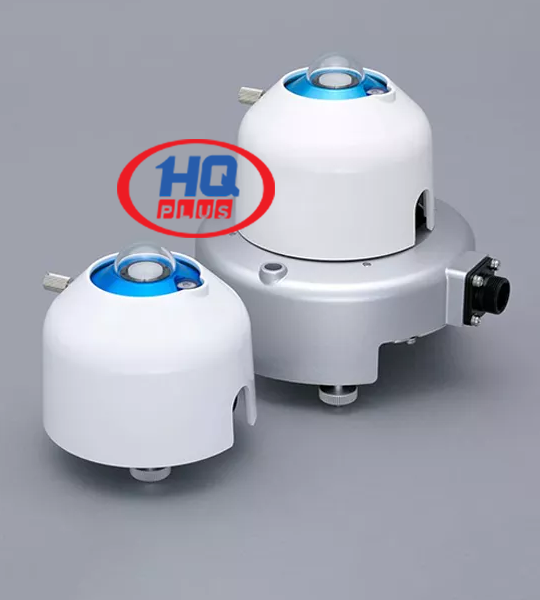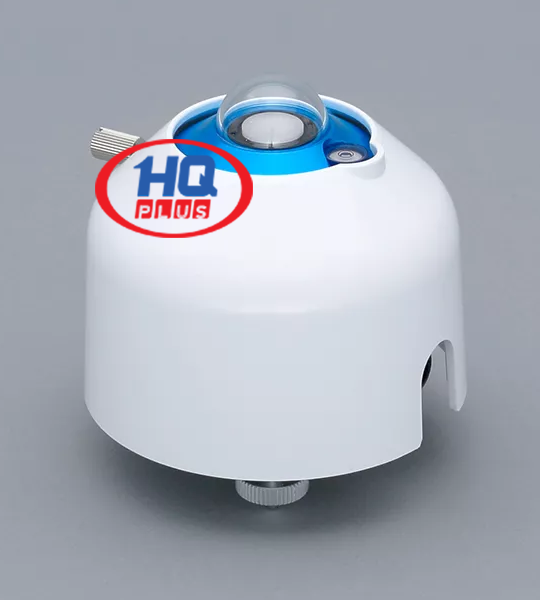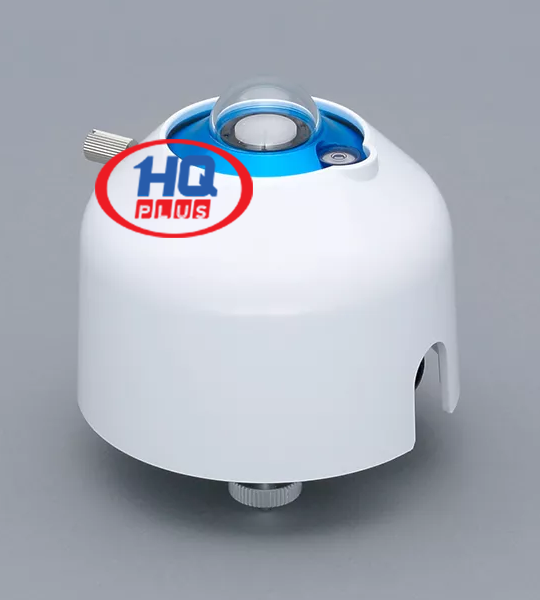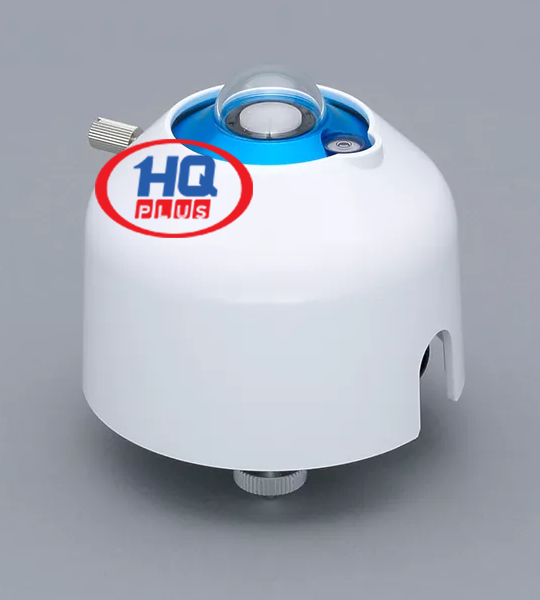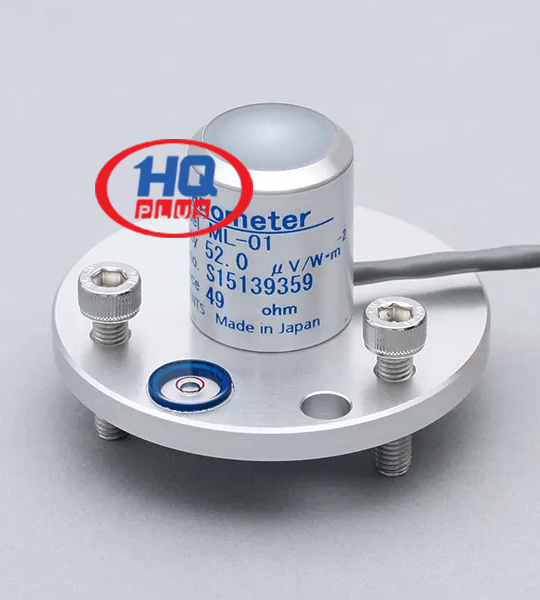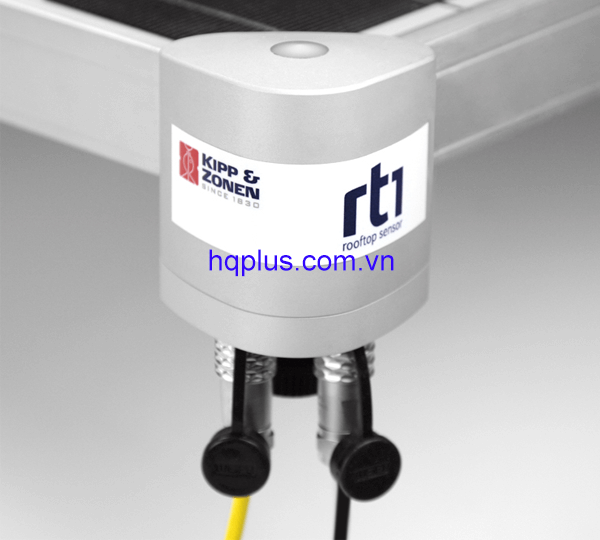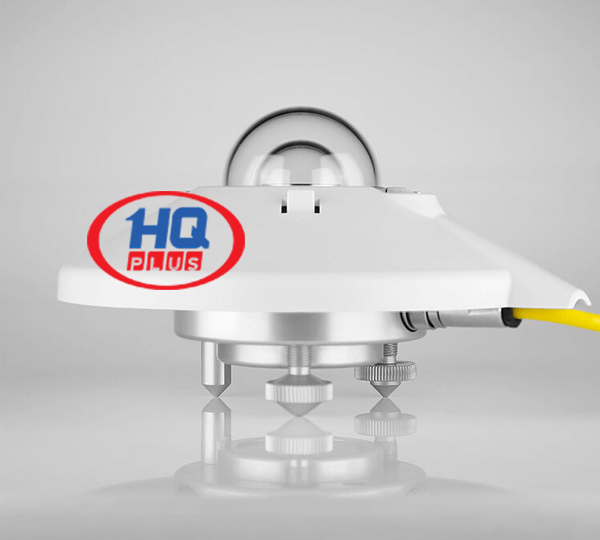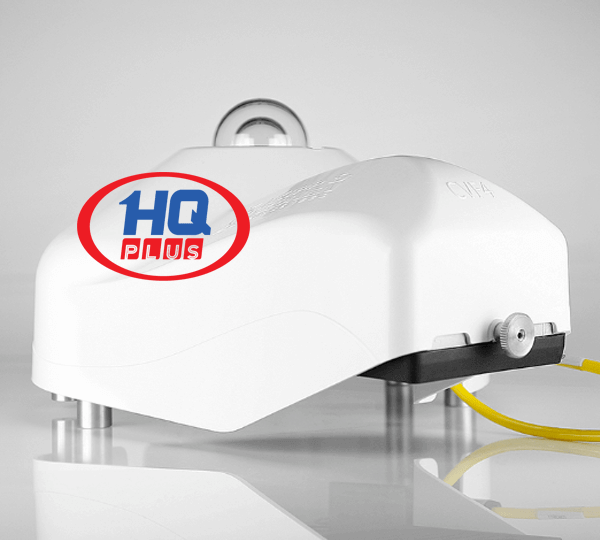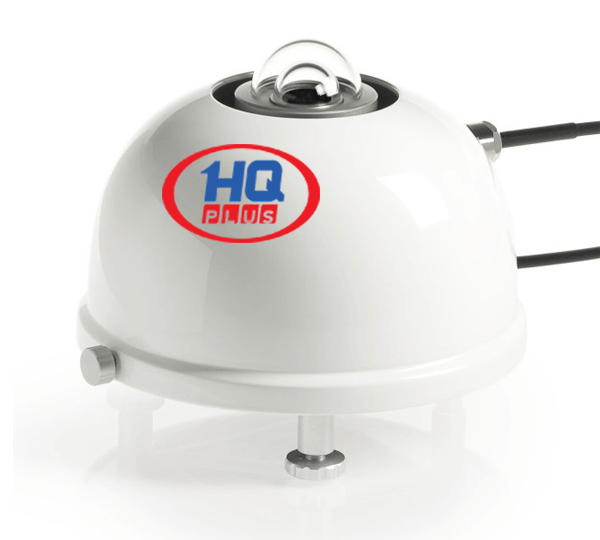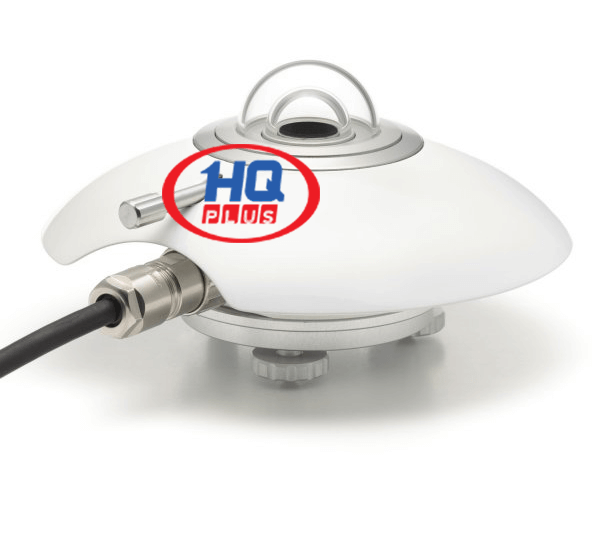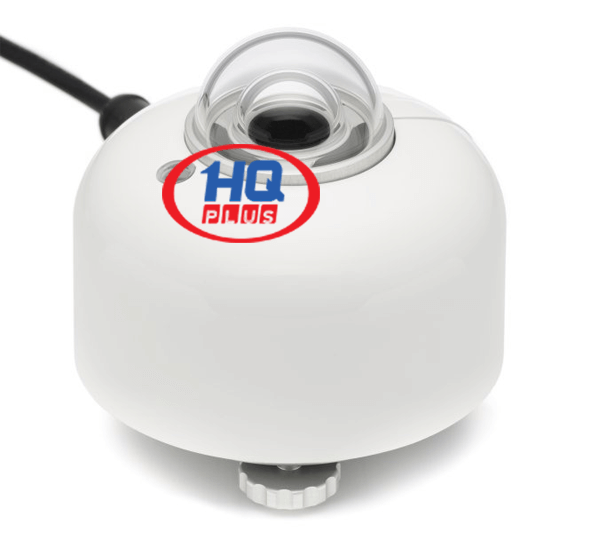SR30-M2-D1 Pyranometer
Giao hàng miễn phí toàn quốc
Hỗ trợ tư vấn kỹ thuật 24/7 (cả dịp Lễ, Tết)
Bảo hành nhanh chóng khi khách hàng phản hồi
Products code
: SR30-M2-D1Brands
: HuksefluxOrigin
: Hà LanProducts status
: Mới 100%Product Price
: Liên hệ
Giá tốt hơn nơi đâu bạn thấy!
SR30-M2-D1 Pyranometer
Digital Class A pyranometer with heating and tilt sensor
Welcome to the next level in solar radiation monitoring! The all-digital heated SR30-M2-D1 offers the highest accuracy and highest data availability: using Recirculating Ventilation and Heating (RVH™) technology, SR30 outperforms pyranometers equipped with traditional ventilation systems. SR30 is the ideal instrument for use in PV system performance monitoring and meteorological networks. It measures the solar radiation received by a plane surface, in W/m², from a 180 ° field of view angle. SR30 is an ISO 9060 spectrally flat Class A (previously “secondary standard”) pyranometer. It is employed where the highest measurement accuracy is required. SR30-M2-D1 offers several advantages over competing pyranometers:
Heated for high data availability, featuring RVH™ technology
High data availability is attained by heating of the outer dome using ventilation between the inner and outer dome. RVH™- Recirculating Ventilation and Heating - technology, developed by Hukseflux, suppresses dew and frost deposition and is as effective as traditional ventilation systems, without the maintenance hassle and large footprint.
The dome of SR30 pyranometer is heated by ventilating the area between the inner and outer dome. RVH™ is much more efficient than traditional ventilation, where most of the heat is carried away with the ventilation air. Recirculating ventilation is as effective in suppressing dew and frost deposition at less than 3 W as traditional ventilation is at 10 W. RVH™ technology also leads to a reduction of zero offsets.
Compliant with IEC 61724-1:2021 Class A
SR30 is the first pyranometer compliant in its standard configuration with the IEC 61724-1:2021 Class A requirements. SR30 complies, without the need for additional accessories, with IEC requirements. It includes heating for dew and frost mitigation. The instrument has 2 heating modes; normal at < 3 W, and medium at < 0.65 W power.
Remote sensor diagnostics
In addition to solar irradiance, SR30 outputs sensor diagnostics such as:
- tilt angle
- internal ventilator speed (RPM)
- internal humidity
- heater current
Remote diagnostics permits real-time status monitoring, reducing the need for (un)scheduled field inspections.
Tilt angle measurement included
SR30 includes a tilt sensor. This is very practical for remote checks of instrument condition or to monitor PV systems with solar trackers. The sensor measures with high accuracy, within 1 ˚, and is tested and temperature compensated between -30 and + 50 ˚C. SR30-M2-D1 offers improved electronics over its predecessor SR30-D1
Spectrally flat as required for meteorology and PV monitoring
The new ISO 9060:2018 version defines pyranometer classes A, B and C. The standard also adds a new subclass, called "spectrally flat". The vast majority of users needs to use instruments of the spectrally flat subclass; only spectrally flat instruments measure with high accuracy, also when a cloud obscures the sun, or when the irradiance includes reflected radiation. These situations occur for example when you measure Global Horizontal irradiance (GHI) under partly or fully cloudy skies, when you measure Plane of Array (POA), albedo or net-radiation. Normal instruments, just of class A, B or C, and not spectrally flat, only measure accurately under clear sunny skies.
New Sensor Manager software
The Hukseflux Sensor Manager software provides a user interface for communication between a PC and digital Hukseflux pyranometers and pyrheliometers with a Modbus interface. The software allows the user to locate, configure and test one or more sensors and to perform simple measurements using a PC. The Sensor Manager software can be downloaded: https://www.hukseflux.com/downloads. The new v2021 version of the Sensor Manager replaces previous versions such as v1817 and v1920 beta. Always use the latest version of the software. Need support in using the v2021 software? Please consult the separate Sensor Manager user manual.
Specifications
| Measurand |
Hemispherical solar radiation |
| ISO 9060:2018 classification |
Spectrally flat Class A pyranometer |
| ISO 9060:1990 classification |
Secondary standard pyranometer |
| IEC 61724-1:2021 compliance |
Meets Class A PV monitoring system requirements |
| Application |
National Meteorological Networks PV monitoring commercial and utility scale Meteorology / climatology Other |
| Heater |
With RVH Recirculating Ventilation and Heating |
| Output |
Modbus RS-485 |
| WMO performance level |
High quality pyranometer |
| Calibration uncertainty |
< 1.2 % (k = 2) |
| Measurand |
Sensor tilt angle |
| Tilt measurement uncertainty |
± 1 ° (0 to 90 °) |
| Heating |
Included |
| Ventilation |
Included |
| Technology employed |
Recirculating Ventilation and Heating (RVH™) |
| Standard operating mode |
Heated and ventilated |
| Power consumption |
< 3 W at 12 VDC |
| Zero offset a |
< 2 W/m² |
| Calibration traceability |
to WRR |
| Calibration registers |
Accessible to users |
| Spectral range |
285 to 3000) x 10⁻⁹ m |
| Rated operating temperature range |
-40 to +80 °C |
| Temperature response |
< ± 0.4 % (-30 to +50 °C) |
| Temperature response test of individual instrument |
Report included |
| Directional response test of individual instrument |
Report included to 95 ° |
| Tilt sensor test of individual instrument |
Report included |
| Standard cable length |
5 m |
| Rated operating voltage |
8 to 30 VDC range |
| Operating condition |
Heater and ventilator [OFF] in low power mode |
| Zero offset a |
5 W/m² (unventilated) in low power mode |
|
Power consumption |
< 0.1 W at 12 VDC in low power mode |
| Output |
Irradiance in W/m², Instrument body temperature in °C, Tilt angle in °, Internal humidity in % and ventilator speed in RPM |
| Communication protocol |
Modbus |
| Transmission mode |
RTU |
| Hardware interface |
2-wire (half duplex) RS-485 |
| Version order codes |
SR30-M2-D1, SR30-M2-D1-LM01, SR30-M2-D1-TLM01 |
| Options |
|
SR30-M2-D1 Pyranometer
Digital Class A pyranometer with heating and tilt sensor
Welcome to the next level in solar radiation monitoring! The all-digital heated SR30-M2-D1 offers the highest accuracy and highest data availability: using Recirculating Ventilation and Heating (RVH™) technology, SR30 outperforms pyranometers equipped with traditional ventilation systems. SR30 is the ideal instrument for use in PV system performance monitoring and meteorological networks. It measures the solar radiation received by a plane surface, in W/m², from a 180 ° field of view angle. SR30 is an ISO 9060 spectrally flat Class A (previously “secondary standard”) pyranometer. It is employed where the highest measurement accuracy is required. SR30-M2-D1 offers several advantages over competing pyranometers:
Heated for high data availability, featuring RVH™ technology
High data availability is attained by heating of the outer dome using ventilation between the inner and outer dome. RVH™- Recirculating Ventilation and Heating - technology, developed by Hukseflux, suppresses dew and frost deposition and is as effective as traditional ventilation systems, without the maintenance hassle and large footprint.
The dome of SR30 pyranometer is heated by ventilating the area between the inner and outer dome. RVH™ is much more efficient than traditional ventilation, where most of the heat is carried away with the ventilation air. Recirculating ventilation is as effective in suppressing dew and frost deposition at less than 3 W as traditional ventilation is at 10 W. RVH™ technology also leads to a reduction of zero offsets.
Compliant with IEC 61724-1:2021 Class A
SR30 is the first pyranometer compliant in its standard configuration with the IEC 61724-1:2021 Class A requirements. SR30 complies, without the need for additional accessories, with IEC requirements. It includes heating for dew and frost mitigation. The instrument has 2 heating modes; normal at < 3 W, and medium at < 0.65 W power.
Remote sensor diagnostics
In addition to solar irradiance, SR30 outputs sensor diagnostics such as:
- tilt angle
- internal ventilator speed (RPM)
- internal humidity
- heater current
Remote diagnostics permits real-time status monitoring, reducing the need for (un)scheduled field inspections.
Tilt angle measurement included
SR30 includes a tilt sensor. This is very practical for remote checks of instrument condition or to monitor PV systems with solar trackers. The sensor measures with high accuracy, within 1 ˚, and is tested and temperature compensated between -30 and + 50 ˚C. SR30-M2-D1 offers improved electronics over its predecessor SR30-D1
Spectrally flat as required for meteorology and PV monitoring
The new ISO 9060:2018 version defines pyranometer classes A, B and C. The standard also adds a new subclass, called "spectrally flat". The vast majority of users needs to use instruments of the spectrally flat subclass; only spectrally flat instruments measure with high accuracy, also when a cloud obscures the sun, or when the irradiance includes reflected radiation. These situations occur for example when you measure Global Horizontal irradiance (GHI) under partly or fully cloudy skies, when you measure Plane of Array (POA), albedo or net-radiation. Normal instruments, just of class A, B or C, and not spectrally flat, only measure accurately under clear sunny skies.
New Sensor Manager software
The Hukseflux Sensor Manager software provides a user interface for communication between a PC and digital Hukseflux pyranometers and pyrheliometers with a Modbus interface. The software allows the user to locate, configure and test one or more sensors and to perform simple measurements using a PC. The Sensor Manager software can be downloaded: https://www.hukseflux.com/downloads. The new v2021 version of the Sensor Manager replaces previous versions such as v1817 and v1920 beta. Always use the latest version of the software. Need support in using the v2021 software? Please consult the separate Sensor Manager user manual.




